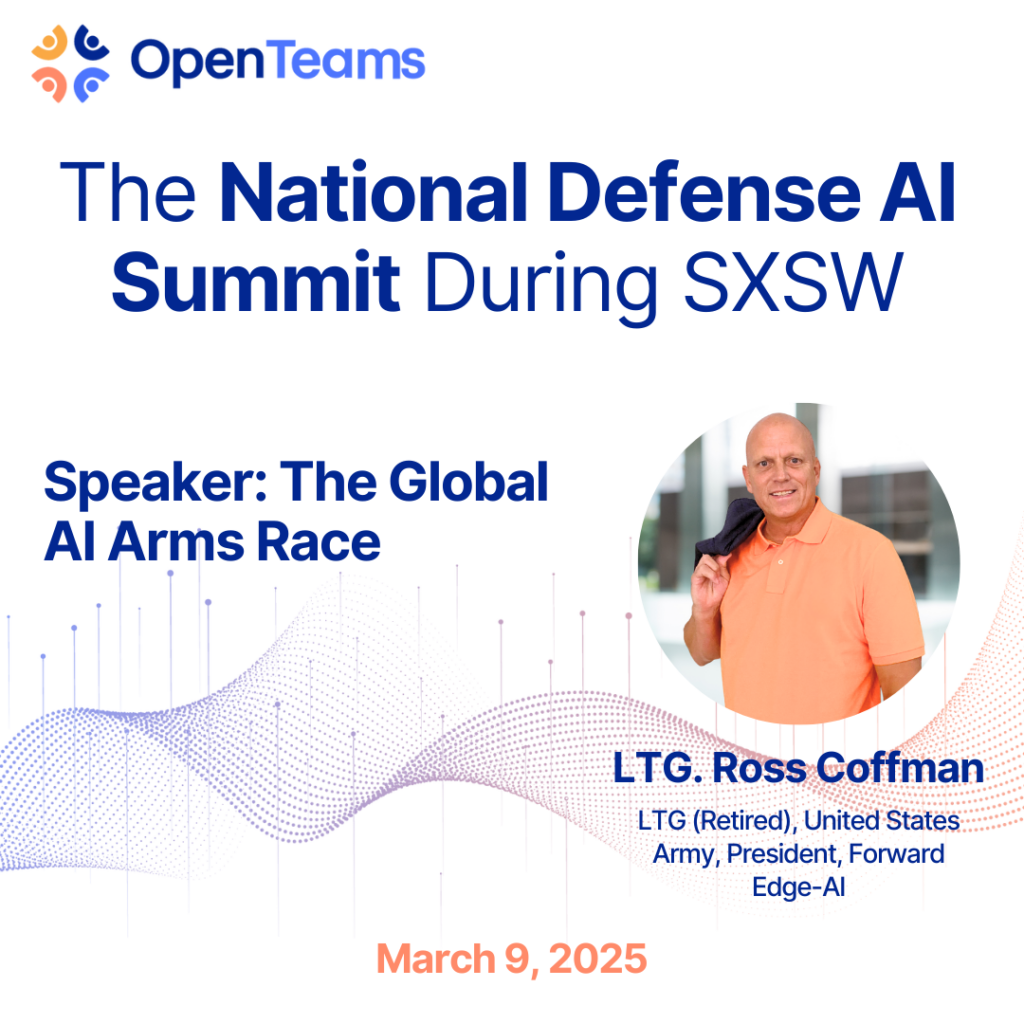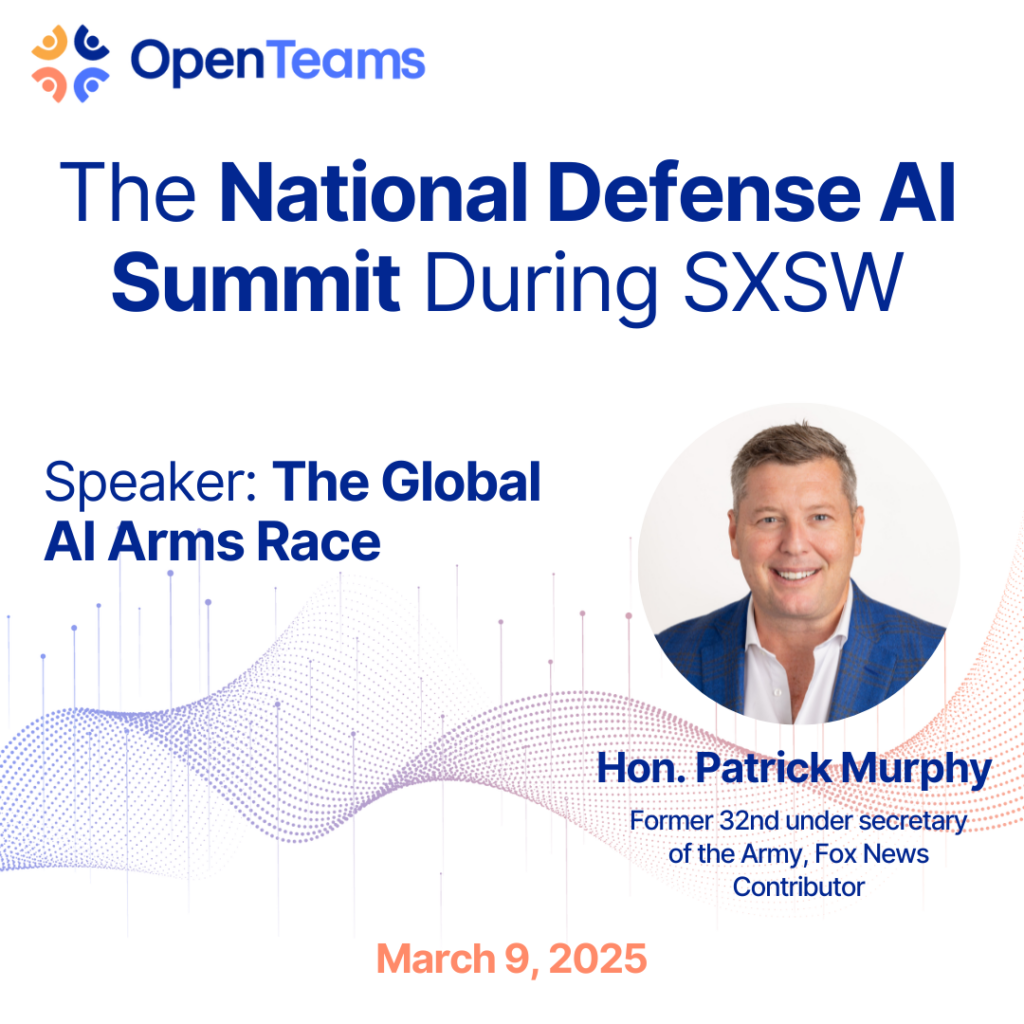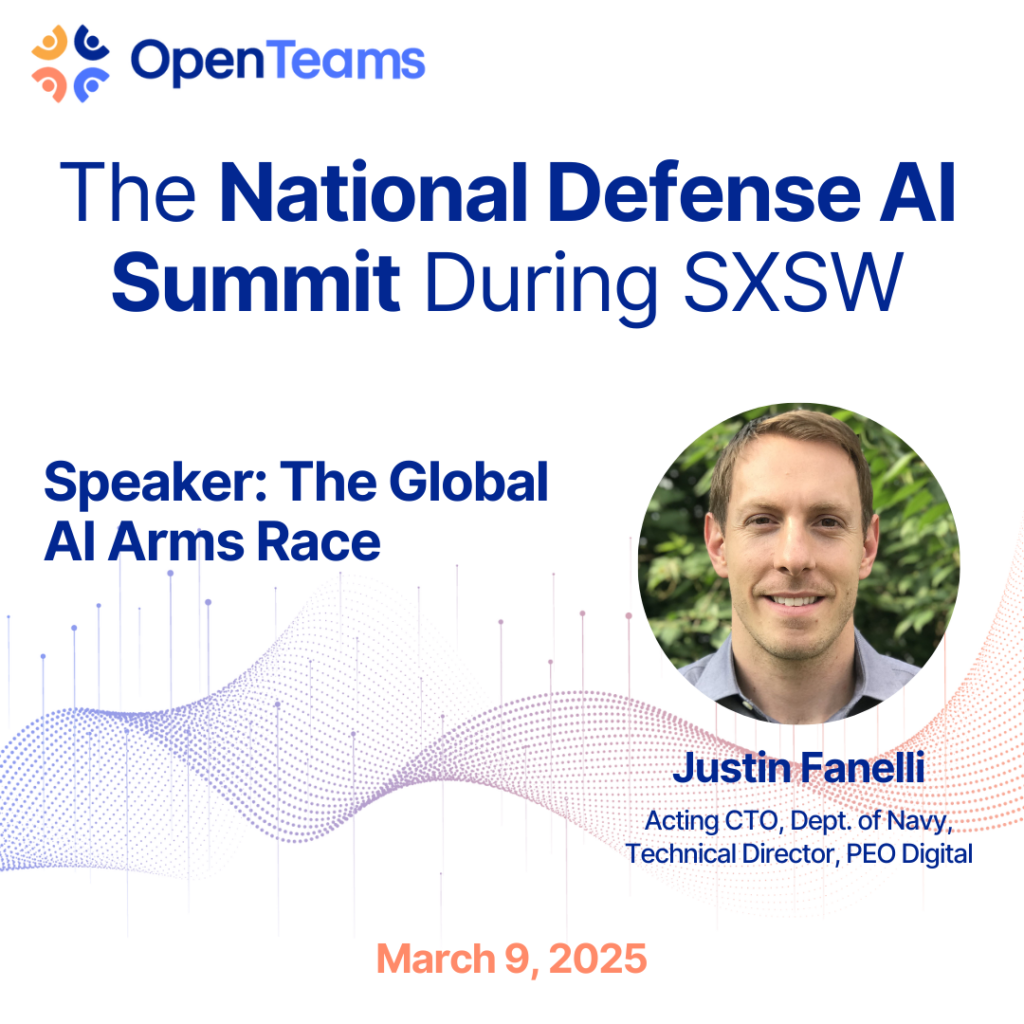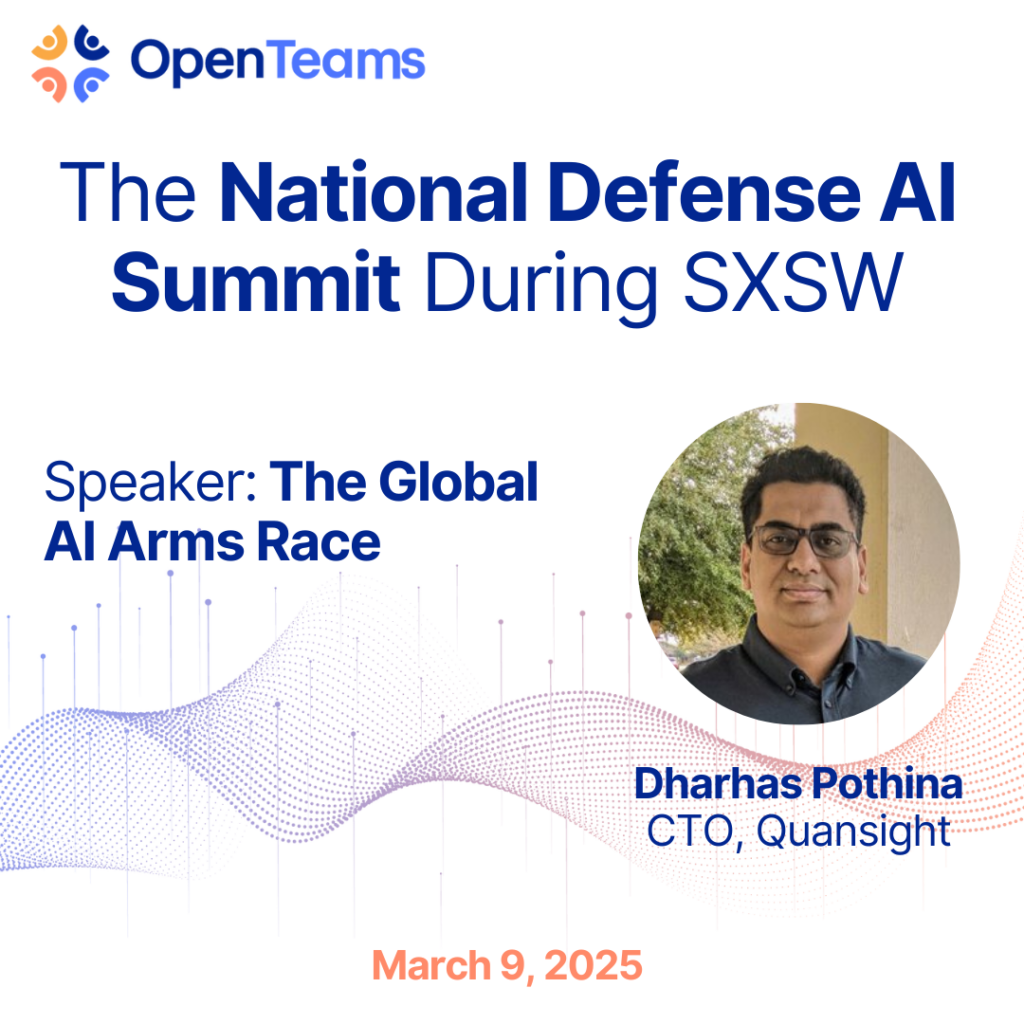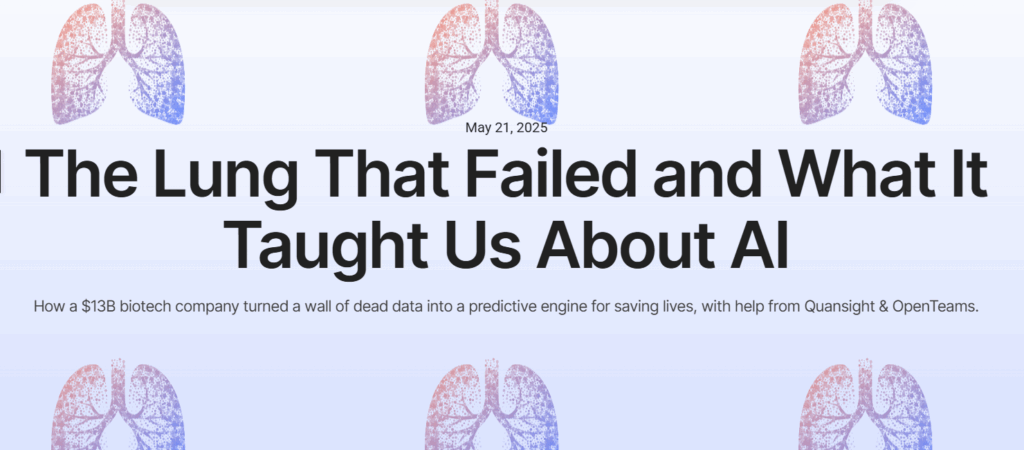
The Lung That Failed and What It Taught Us About AI
A biotech firm saved millions by turning messy data into predictions. Learn how OpenTeams helped them own their AI infrastructure, before it failed.
It doesn’t matter how good the pitch is. Doesn’t matter how many logos are on the slide. Someone always leans back in their chair, folds their arms, and says:
“This will break in our environment.”
And more often than not, they’re right.
Because in most enterprise settings, the real test isn’t what a model does in a sandbox. The test is whether it survives your world: your security policies, your infrastructure, your procurement, your change management, and the way your teams actually operate.
Let’s stop pretending this objection is just fear or resistance to change. It’s not.
You’re recognizing a pattern.
That’s leadership.
You’ve probably been here before. You watched a slick AI platform fail in weeks because:
Maybe the tool was great. Maybe the vendor meant well. But the result was the same:
You were left holding the bag.
And now? Every new AI project feels like another liability waiting to drop on your head.
Most AI products today are built for idealized environments, not real ones. They carry assumptions that catastrophically clash with enterprise. A few common ones:
When things break, they fail in ways that take months to diagnose and quarters to recover. This is a serious business liability.
Vendor Assumption
Enterprise Reality
You’re mixing AWS, GCP, and on-prem clusters. Real systems are hardly ever uniform at scale.
“You can create an access token for service.”
Policy, regulatory constraints, airgaped systems etc. prohibit this.
“SSO is optional.”
Zero-trust model required
You need control. If the model drifts, you can’t wait for someone else to fix it.

Accuracy collapse, no retrain path

No IP portability access revoked

Vendor Outage
Not long ago, a leading AI company realized their backend infrastructure couldn’t scale. They faced a choice: go all-in on another black-box platform—or fix what wasn’t working, on their terms with open source experts.They made the right choice: partnering with open source.
What the experts found wasn’t surprising:
They overhauled how unsupported operations were handled, created tooling for performance debugging, and helped them map out where their tech had drifted behind upstream.
Thanks to their work, switching between GPU and TPU infrastructure is possible for everyone. Without vendor lock-in.
Now, this top AI company and any enterprise can compute on their terms. No lock-in with a cloud provider.
Most AI conversations start with:
But the questions that determine success look more like this:
You must own your AI for any of that to be possible.
To be blunt, “Works everywhere” is marketing fiction.
AI systems are complex. Your environments are unique. No plug-and-play solution is going to handle the nuance of your architecture, your data access policies, your internal political boundaries, or your uptime SLAs.
And that’s okay.
The goal isn’t AI infrastructure that works everywhere.
The goal is AI infrastructure that works for you, that serves your business needs, and gives you the power to comply with your security posture and regulatory requirements.
These aren’t nice-to-haves. They’re what work.

The teams that successfully lead in AI are the ones that control their AI.
They’re saying:
Enterprises are increasingly demanding solutions that integrate with existing systems. And they’re right.
Because that’s how you move fast without blowing up.
You don’t need AI that dazzles in a demo.
You need AI that:
You want a system you can trust, because you understand it and control it.
You’re not wrong to worry. You’re not wrong to ask the hard questions.
But instead of asking, “Will this break in our environment?”, start asking:
“Will we own it when it matters?”

A biotech firm saved millions by turning messy data into predictions. Learn how OpenTeams helped them own their AI infrastructure, before it failed.
